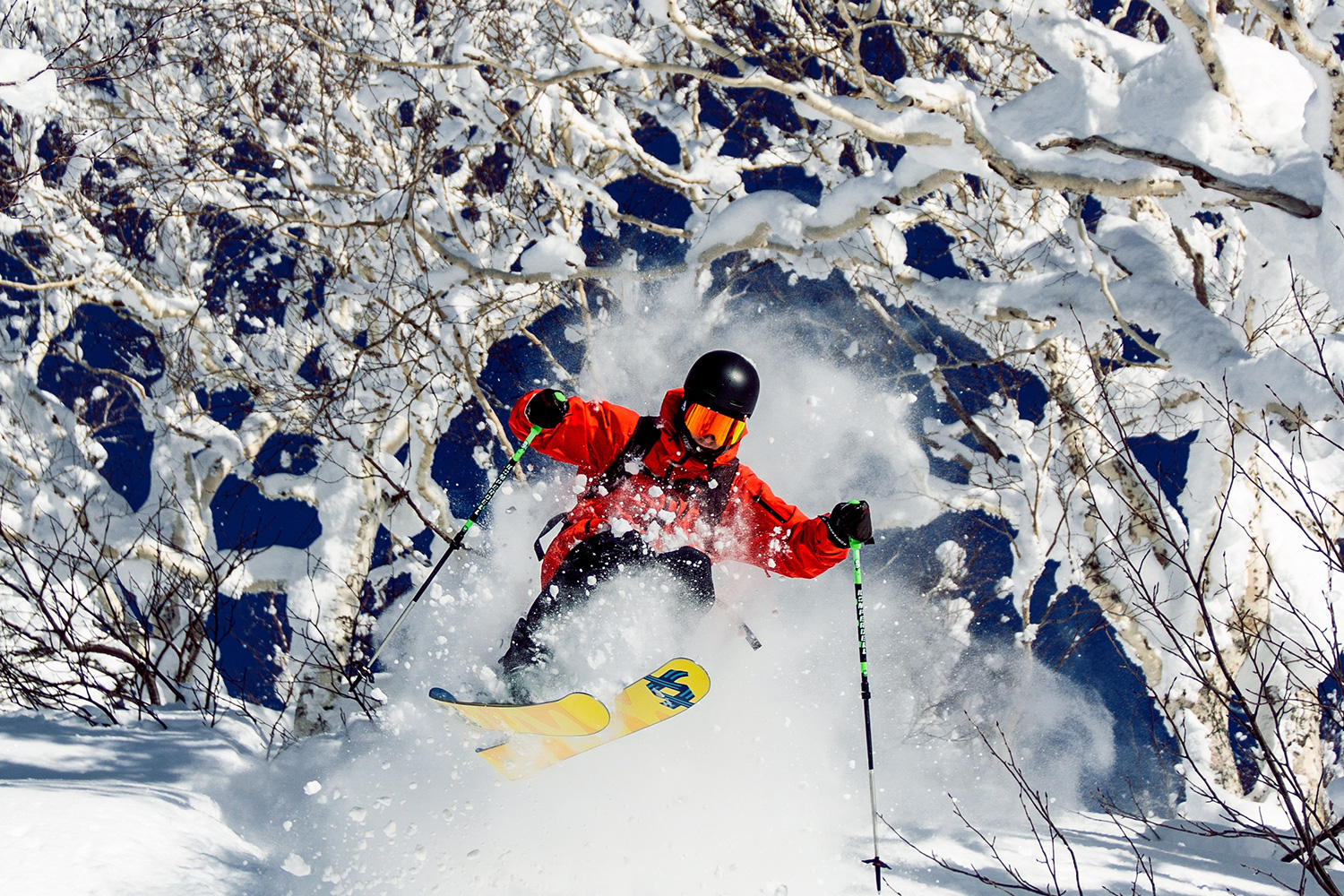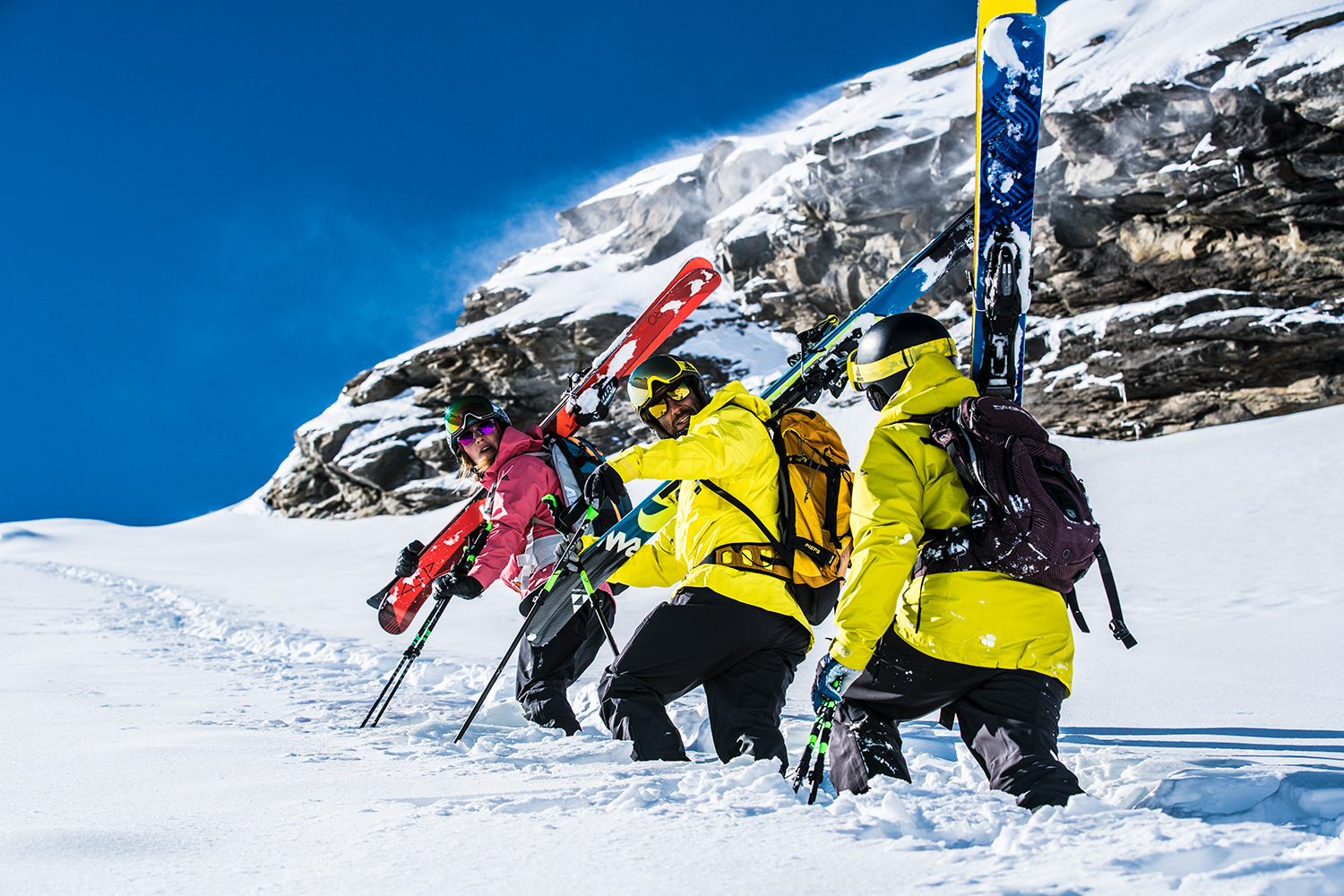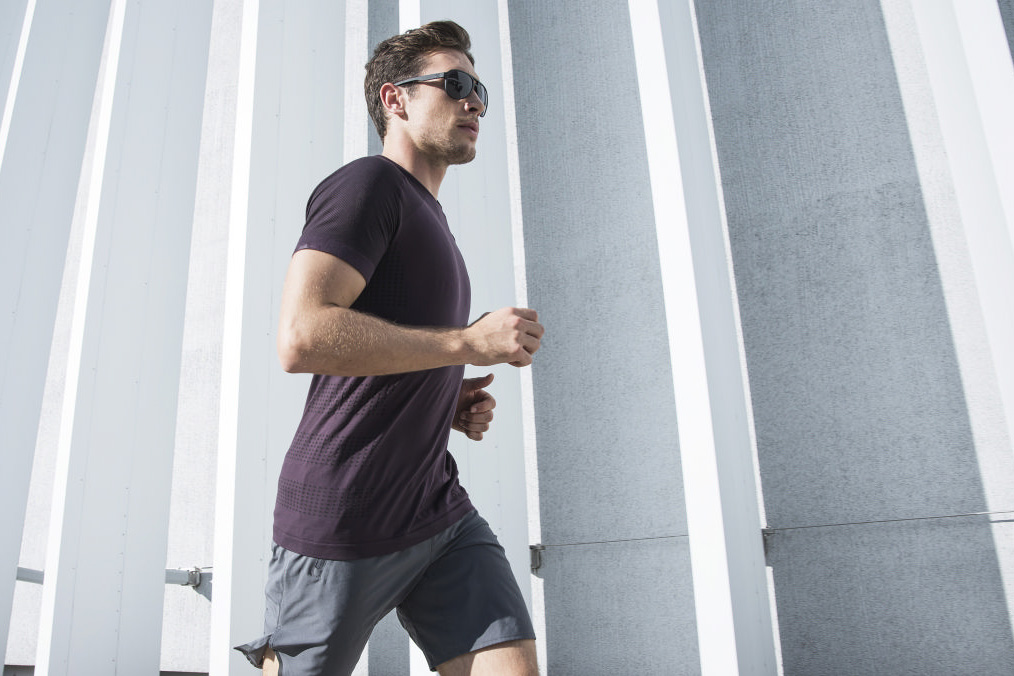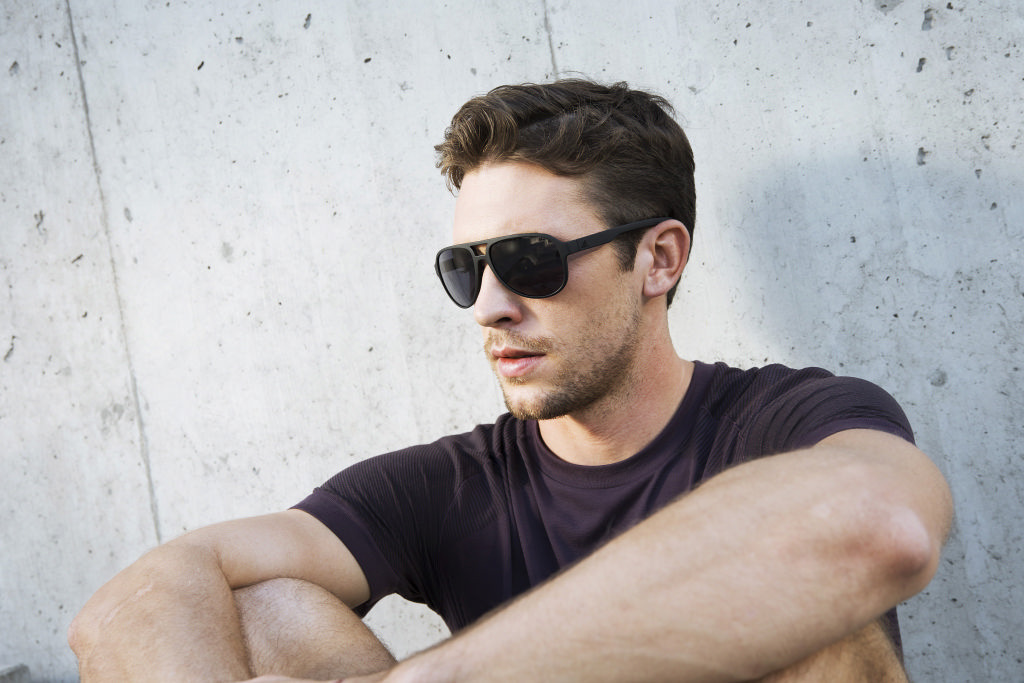Contrary to what a $10 pair of 7-Eleven sunglasses would lead you to believe, a proper set of eyewear is much more than just a shoddy plastic frame and two darkly tinted lenses. The right eyewear, be it a set of prescription lenses or a premium pair of polarized glasses, offer users a distinct upgrade in visual clarity. In the world of sports, these same optimized lenses could mean the difference between a 5- or 15-foot putt and, in extreme scenarios, accurately traversing a single track mountain bike trail or flying over your handlebars. It’s that important.
At the forefront of sport eyewear innovation is the German brand Adidas, a company better known for its athletic shoes and apparel. For more than two decades, Adidas has quietly led the charge in advancing sport-specific frames and lenses under the moniker, adidas Sport eyewear (or, aSe). Along with the Austrian brand Silhouette — which acts as its global licensee — aSe attempts to answer one question with each of its products: How does it help the athlete? When it comes to integrating technology, anything that can’t prove its worth on the green, slopes, or track is left on the cutting room floor.
Performance through technology
Perhaps nothing defines Adidas’ “athletes first” mentality better than aSe’s work with NASA to develop what it calls Space lens technology. Though the unique filter itself has been on a number of NASA missions — and continues to be used by ISS and NASA astronauts to protect against infrared and ultraviolet light — the original lens was created for high-altitude climbers to guard against snow blindness. Ron Muehlboeck, aSe’s global brand director, pointed specifically to Gerlinde Kaltenbrunner, the first female athlete to summit all 14 8,000-meter peaks in the world without supplementary oxygen.
“Turns out NASA tested these and approved them and were quite happy with them.”
“We’re a sports company, so our main driving force is the requirements and needs of our athletes,” Muehlboeck added. “You can imagine that for athletes like Kaltenbrunner, the right eyewear is lifesaving. This led us to develop a quite dark lens tint that we called the Space lens because these climbers are so close to space. Turns out NASA tested these and approved them and were quite happy with them. Our main focus is always the athlete and consumer but, of course, it’s cool that it works in space, as well.”
The real star of the show is the tech native to aSe’s lenses and frames. Led by two unique lens technologies — Light Stabilizing Technology (LST) and Vario — aSe offers a suite of eyewear geared to benefit mountain bikers, golfers, mountaineers, fisherman, and runners, along with almost any sport you think of.
Officially unveiled in the late 1990s, LST lenses act as color equalizers, effectively boosting the appearance of primary colors. This means wearers experience bright, high-contrast visuals, an upgrade in color perception, and a substantial increase in detail without any added stress on their eyes.
“One of the things in sports like skiing or mountain biking is fast-changing light conditions,” Muehlboeck told us. “If you ride your bike through a trail, there’s always sun coming through the trees, then you’re in the shadows, then it repeats again and again. These fast-changing lights put stress on your eyes and make it difficult to see. We worked on a special lens tint to try and harmonize that and avoid eye stress. You also don’t need to constantly adjust your eyewear, which takes a lot of energy and concentration.”
“You don’t need to constantly adjust your eyewear, which takes a lot of energy and concentration.”
This harmony Muehlboeck refers to is the product of six different lens innovations: A hydrophobic coating fused with a contrast booster, impact protector, color balancer, UV400 filter, and a light stabilizer. As these technologies work together to reduce eye stress, seven different lens tints allow athletes to further customize their glasses based on specific sports. For instance, its LST Bright lens helps skiers and snowboarders see every contour in the snow despite low lighting.
“We have so many different versions — lighter ones, darker ones, and it all comes down to personal preference,” he continued. “You cannot 100 percent say this LST lens is perfect for someone who’s, for instance, mountain biking because some people just like it lighter and others prefer it a little bit darker. You still have the option to really choose the one which is most appropriate for you.”
A new era of transition lenses
While LST lenses actively stabilize light and help boost contrast, aSe’s Vario takes it a step further — these actually shift their tint. Like Transition lenses, Vario lenses use photochromic technology to automatically change between darker and lighter tints. To do this, aSe built the Vario using what it calls Injection Wafer Technology. Typically found in camera lenses or other electronic devices like projectors, wafer optics are manufactured using a thin layer of semiconductor material which are capable of easily adhering to other substances — in aSe’s case, this second substance is its photochromic lenses.
By injecting the wafer between two lenses, it allows them to more quickly adapt to varying ultraviolet light, shifting more quickly from a crystal clear to a dark grey lens than traditional photochromic lenses — a no-brainer for mountain bikers looking to take advantage of a full day on the trail. It’s not hard to imagine the Vario’s wide range of applications.
“There’s a big advantage if you only have to use one lens in a given day,” Muehlboeck acknowledged. “With other glasses, you really can’t do everything all day long, no matter if it’s summer or winter. Vario gives you that flexibility and we offer different versions of the tech depending on personal preference. For example, we have a pair that goes from completely clear, almost fully level zero, to a level three which is a dark gray. These let you ride during the day and into the night with the same lens.”
“The lenses achieve aSe’s vision of “One Day-One Lens.”
A sliding scale based on varying weather conditions, the levels Muehlboeck mentions range from Category 0 (fully clear for cloudy and rainy days) to Category 3 (completely dark for bright, sunny lighting). Even as these conditions change throughout the day, aSe’s Vario lenses adapt on the fly, shifting effortlessly between categories.
Perhaps the brand’s most significant innovation in the Vario line is its combination LST lens. The “best of both worlds,” according to aSe, the LST Vario offers the same contrast-boosting properties of the former with the tint-shifting advantages of the latter. Muehlboeck calls it his favorite current lens — though, he does point out the fact it is the brand’s newest release. By reducing eye stress, boosting visual clarity, and changing its tint from category one to category three in a matter of seconds, the lenses achieve aSe’s vision of “One Day-One Lens.”
A custom future
What’s next for Adidas glasses? “Right now, we’re exploring 3D printing, similar to what Adidas has done with some of its shoes,” Muehlboeck says, “It would be an entirely new way of thinking, regarding how it’s designed and constructed.”
Though he intentionally refrained from sharing much more about aSe’s approach to 3D printing, Adidas’ 3D-printed shoes were designed to directly impact running performance. Perhaps this tech would be used to design glasses customized to the exact shape of your head? Why not?
Just don’t expect to see tech for the sake of tech.
“We’re always working on new advancements,” Muehlboeck reiterates. “But it has to make sense for the athlete.”









